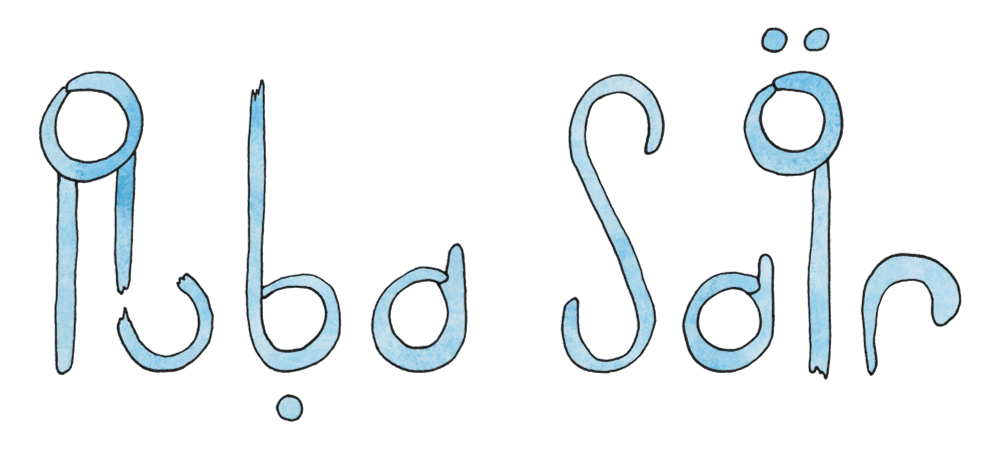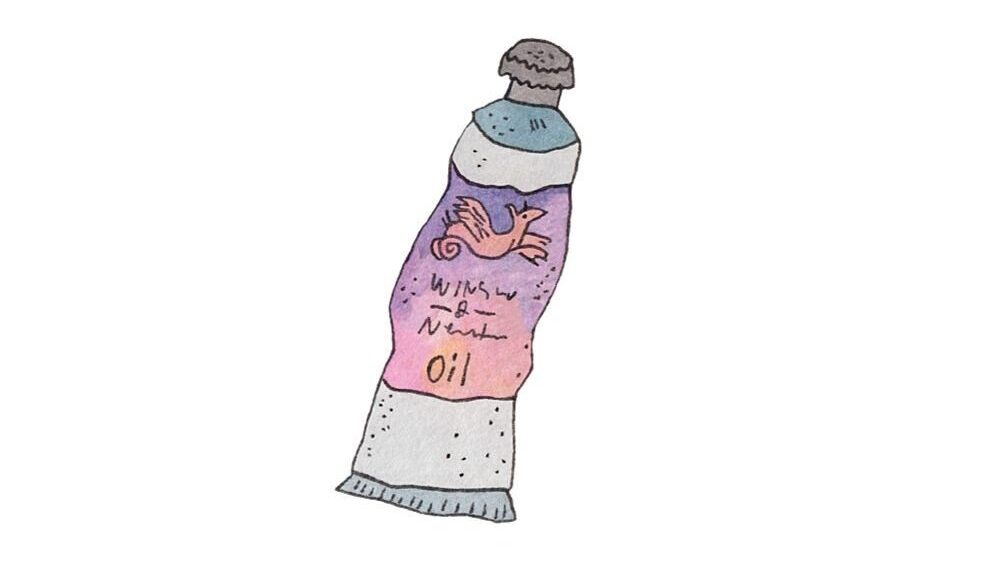Fattet Makdous

Artwork Details
| Full Title | Fattet Makdous (Stuffed Aubergines on a Bed of Crispy Arabic Flatbread) |
| Artist | Ruba Saqr |
| Medium and Support | Gouache on acid-free paper, using artist-quality gouache brands |
| Dimensions | Height 28.5cm x Width 28.5cm |
| Paper Dimensions | Height 29.5cm x Width 29.5cm |
| Date Made | 2023 |
| Display Type | The artwork has been scanned in order to showcase it online |
| Notes | The signature at the bottom of the painting has been added digitally for the purpose of crediting the artist. The original artwork is signed on the back |
| Keywords | Levantine food art, Eastern Mediterranean food culture artwork, Middle Eastern food painting, woman artist, women artists, female artist |
Description
Original gouache on paper painting depicting the Syrian dish, Fattet Makdous, painted on premium, acid-free, 300 gsm watercolour paper.
This artwork is part of an ongoing project to chronicle the different aspects of the Levantine, Middle Eastern, North African and Mediterranean food culture through a series of paintings in different mediums.
There is a personal dimension to these paintings, as most of the food stories depicted in them come from lived experiences. To this end, the hand of a woman, sprinkling chopped parsley to garnish the dish, is a nod to the fact this work of art is through a woman’s lens.
Nostalgia and food art
Inspired by one of my favourite foods, which also happens to be an iconic Damascene dish, this gouache painting has a nostalgic appeal. The Syrian glass, vintage cutlery and the dish itself are a throwback to my childhood years. Back then, my family used to host endless feasts featuring Fattet Makdous as the star of the show.
In those days, we were one of the fewest families in Amman (Jordan) to introduce Fattet Makdous to our acquaintances. In fact, up until recent years, this dish was seldom known to people outside Damascus, including Syrians from other major cities like Aleppo and Hama.
I was in charge of peeling the garlic, halving the almonds and cutting the Arabic flatbread to smaller squares (before frying them), all of which were tasks I hated at the time. However, I have since come to appreciate those little chores as an exercise in connecting with my culinary heritage in the most practical of ways.
Today, painting a dish like Fattet Makdous helps me reconnect with my late grandmother who was born and bred in Damascus. She was my spiritual and intellectual mentor and in her honour I create these artworks.



